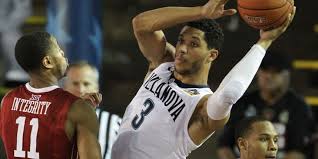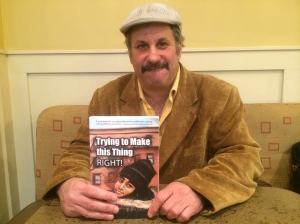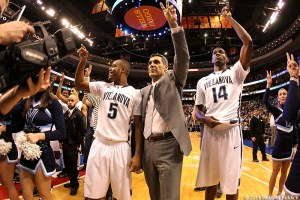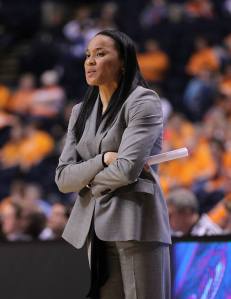
By Chris Murray
For the Chris Murray Report and the Philadelphia Sunday
(thechrismurrayreport.org)
PHILADELPHIA—To listen to the sellout crowd at the Wells Fargo cheering for St. Peter’s of Jersey City, N.J. you would have thought you were at a 76ers or Villanova Wildcats game.
Like any home team, the No. 15 seeded Peacocks fed off that energy and chopped down another higher seed in the NCAA Tournament and are one game away from the first No. 15 seed to advance to the Final Four.
“The whole environment, it was just unreal,” said St. Peter’s junior guard Doug Edert. “I don’t think any of us were nervous or really cared about how many people were there watching us. We just went out there and did our thing. We’ve been doing what we’ve been doing all season, which was defending and playing as hard as we possibly can.
Thanks to a stout defensive effort and clutch free-throw shooting, St. Peters (22-11) upset No. 3 seed Purdue 67-64 to become the first No. 15 seed to advance to the Elite Eight. They will take on the North Carolina Tar Heels in the East Regional Final on Sunday for a berth in the Final Four in New Orleans.
The Tar Heels (27-9) defeated the Bruins 73-66. UCLA’s season ends with a 27-8 record after making it to the Final Four in 2021.
In a game in which Purdue (29-8) had the size advantage up front and quickness in the backcourt, St. Peters neutralized any advantage that the Boilermakers had by forcing 15 turnovers including six by All-Big Ten guard Jaden Ivey. St. Peter’s scored 11 points off Purdue turnovers. The Peacocks held Purdue to 42 percent shooting for the game.
“If you watched us play the last month, like we’ve been locked in. Like really locked in. Teams in our league are really good,” said St. Peter’s head coach Shaheen Holloway. “These guys are prepared for this moment. But we’ve been locked in. It wasn’t one of our best defensive performances. I know you might say I’m crazy for saying that, but if you watched us play, then you would know that it’s not.”
It was the Peacocks’ tenacity on both ends of the floor that kept them in the game in the second half when it looked Purdue was about to make a run. The Boilermakers took a 56-52 lead with 5:21 left on five straight points by senior power forward Trevion Williams, who finished the game with 16 points
Just when it looked like Purdue was on the verge of pulling away, St. Peter’s battled back to tie the game at 57-57 with on a 13-foot jumper in the lane by Daryl Banks III with 3:18 left.
Another Banks basket in the lane gave the Peacocks 59-57 lead with 2:16 left.
“Yeah, Coach always preaches to us it’s a game of runs,” said Banks, who scored 10 of his team-high 14 points in the second half. “We understood that coming into it, that they were going to make their runs; we were going to make our runs. But we sustained their runs for as much as possible and we made our runs greater, and we just came back.”
Purdue head coach Matt Painter said Holloway did a good job of defending the Boilermakers, especially at the point when it looked like Williams was starting to find opportunities in the low post against the undersized Peacocks.
“Yeah, we didn’t probe the defense like we should,” Painter said. “They went to a zone like he does in that last four or five minutes. He did it against Kentucky, he did it against Murray State. And we had some things that we had worked on to go to. We got it to him low and then he got fouled one time. The other time we didn’t execute.”
The Peacocks never trailed again. They made eight free throws in the final two minutes. Purdue came to within one point on a three-point basket by Ivey with under 10 seconds left. But free throws by Edert sealed the deal for the Peacocks.
Holloway said the way his team played Friday was indicative of how they played all season.
“You know, that’s what we’ve been the whole year,” Holloway said. “That’s who we are. We’re not a team that’s going to blow teams out. That’s not our DNA. We try to keep it close and try to make them make mistakes down the stretch.”










